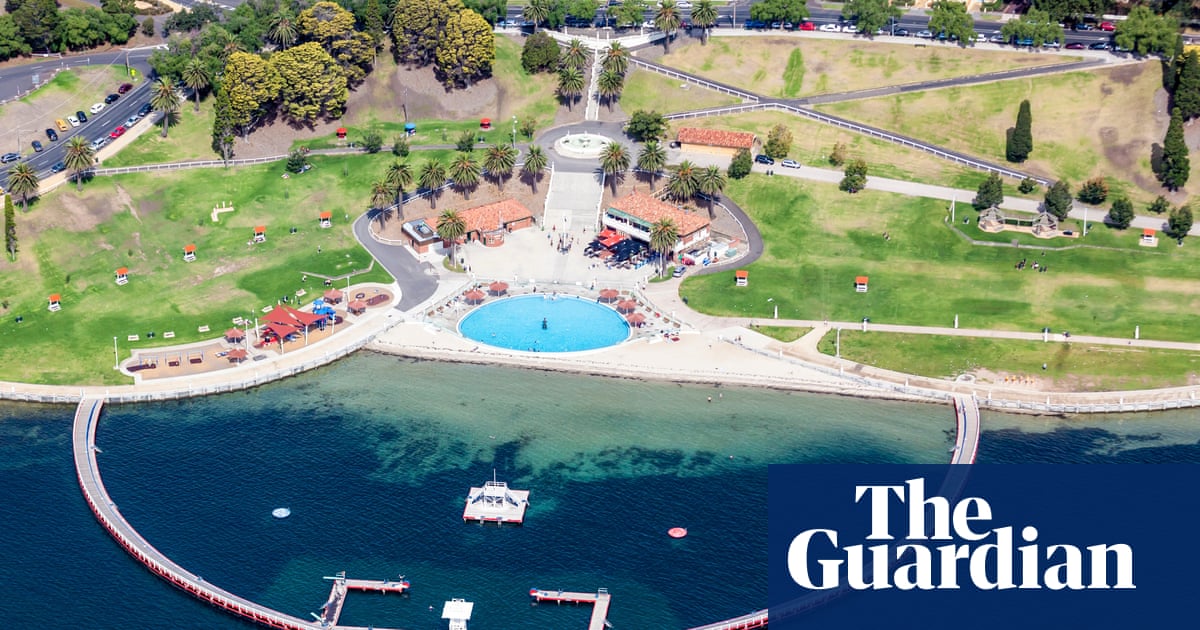While theGeelongCats are fifth on the AFL ladder, their home city is the reigning champion.
The Victorian region has become the most popular place for people escaping capital cities to settle, with its picturesque coastline and thriving industry making it an ideal sea-change destination.
Greater Geelong has overtaken Queensland’s Sunshine Coast as the top region to welcome new residents from the capital cities, followed by Lake Macquarie inNew South Wales, Moorabool in Victoria and Maitland in NSW.
The Regional Movers Index, a quarterly report compiled by the Regional Australia Institute usingCommonwealth Bankdata, also shows most tree-changers are coming from Sydney and Melbourne.
Sign up for Guardian Australia’s breaking news email
The rate of people moving to Australia’s regions increased by more than 10% in the March quarter, according to the index released on Wednesday.
The shift to country life, whichaccelerated during Covid lockdowns, would only persist as the regions attracted more attention and potential investment, according to a Commonwealth Bank executive, Josh Foster.
“They’re idyllic locations to move, whether people want the tree-change or the sea-change,” Foster said. “I certainly don’t see it going back.”
Greater Geelong is Australia’s largest regional council area, home to more than 282,000 people.
Sign up toBreaking News Australia
Get the most important news as it breaks
after newsletter promotion
While the region has a bright future, it is experiencing significant growing pains, according to the council’s draft five-year plan. Like most regional areas, greater Geelong is confronting a housing shortage, ageing infrastructure and congestion as it expands.
“Greater Geelong is one of Australia’s fastest-growing regions, and managing this expansion will be crucial to our success over the coming decades,” the plan says.
Maitland, in theHunter Valley, is also experiencing rapid growth, attracting residents from capitals and other regions.
It was the most popular new home for people moving from other regional areas in the year to March, followed by greater Geelong, theSunshine Coast, Gympie and the Fraser coast.
Maitland, which had a population of 78,000 in 2016, is on track to exceed 100,000 people by the end of 2026, with six new residents arriving every day, according to a council report.
The nation’s regional population sits at 9.91 million and is set to increase, according to the Regional Australia Institute’s chief executive, Liz Ritchie.
“There are big economic gains to be made by supporting, facilitating and nurturing growth across the regions,” Ritchie said.
“Those benefits can only be achieved … by ensuring communities have the infrastructure, facilities, funding and support they need to continue to welcome all those who are actively choosing a regional life.”
